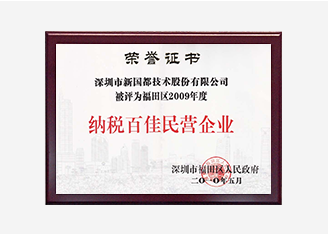Risk factors for breast cancer
Date:2021-05-07
Author:admin
Source:
1. Family history of breast cancer
Epidemiological investigations have found that 5% to 10% of breast cancers are familial. Especially if there is breast cancer among mothers or sisters, then this family belongs to the high-risk group, and the risk of the disease is two to three times higher than that of the general population.
2. age
The prevalence of breast cancer increases with age. Among women in the 40-49 age group, the prevalence of breast cancer is 1/68; in the 50-59 age group, the prevalence of breast cancer is 1/37.
3. Obesity
Excessive intake of high-protein, high-fat foods can cause elevated estrogen levels and increase the risk of breast cancer. The risk of breast cancer among obese people is 1 to 1.5 times higher than that of people with normal weight, and the risk of breast cancer spreading is 2 times higher. If women are overweight or obese after menopause, the risk of breast cancer increases by 30%.
4. Lifestyle
Sitting more and less active, lack of exercise, less exposure to the sun, holding a bra for a long time, living a single life, not having children, etc., these unsuitable lifestyles for women's health can lead to endocrine imbalances and increase the risk of breast cancer.
5. Emotional factors
Being in a state of stress and tension for a long time leads to emotional instability and unevenness. Coupled with often staying up late and working overtime, the body is not fully rested, which will increase the risk of breast cancer.
6. Estrogen
The more estrogen a woman secretes, the more likely it is to develop breast cancer. Including: early menstruation, menarche age between 11 and 13 years old are 20 times more risky of breast cancer than those after 17 years of age; late menopause, the later the age of amenorrhea, the greater the probability of breast cancer. The age of first delivery is late, and estrogen replacement therapy is used. Those with breast disease, family history of breast cancer, or breast lumps should not use oral contraceptives. Excessive use of estrogen-added beauty products, and eating estrogen-fed chickens, cattle and other meats may increase the incidence of breast cancer.
7. Breast hyperplasia
Benign breast hyperplasia generally does not become malignant, but in breast hyperplasia, those who are older, have a longer medical history, have larger lumps, and the relationship between the lumps and menstruation is not obvious, malignant changes may occur, and you should go to the hospital in time.
8.Radiation
Radiation is recognized as a carcinogen. Women who often receive X-ray chest X-rays have a 9 times higher risk of breast cancer than normal people. You are sensitive to radiation before menstruation and during pregnancy and should be avoided as much as possible.
9. History of induced abortion
Spontaneous abortion does not increase the risk of breast cancer, and women who have had an abortion before the age of 18 have a 110% higher risk of breast cancer than those who have never had an abortion.
10. Drugs
Some drugs, such as the antihypertensive drug reserpine, phenothiazine, and steroids, have been reported to increase the risk of breast cancer.
Finally, it needs to be reminded that having one or more risk factors does not necessarily mean that you will get breast cancer, but statistically, people with the above risk factors are more at risk of breast cancer than the general population. It is recommended that women with the above risk factors have a breast examination as soon as possible.
Keyword:
